Privacy and data security are the number one priority for all of us. Unfortunately, it is hard to keep all your data secure these days. Access to the internet has made us leave millions of footprints on the web that can be easily tracked. For many, understanding the full capacities of digital tracking is difficult.
After all, people might not necessarily feel its impact. Thus, as long as their physical privacy is not violated, they might not worry about violations online. However, disregarding the boiling pot of surveillance conducted in the digital space would be unwise. In addition to the overall discomfort with having your every move monitored, people wonder how companies deal with the accumulated data. Such concerns have sprung many discussions, to the point of new laws being introduced in their favor. Sadly, people also need to worry about hackers or other cybercriminals obtaining their data.
While the introduction of new technologies is helping in shielding the user data from unauthorized access, it has not been enough. The attempts to steal or extort data have also increased tremendously. Many scenarios depict the use of technology to get hands-on sensitive user data. Here are some of them:
- The ransomware attacks were up by 25% in the first quarter of 2024.
- Cyberattacks on IoT devices surged 100% in 2024.
Considering the alarmingly active hackers, you should try to be one step ahead at all times. How? Well, the first thing is knowing your enemy. Find out which threats you should pay extra attention to in 2024.
Top Cyber threats you should not overlook
1. IoT Device Threats
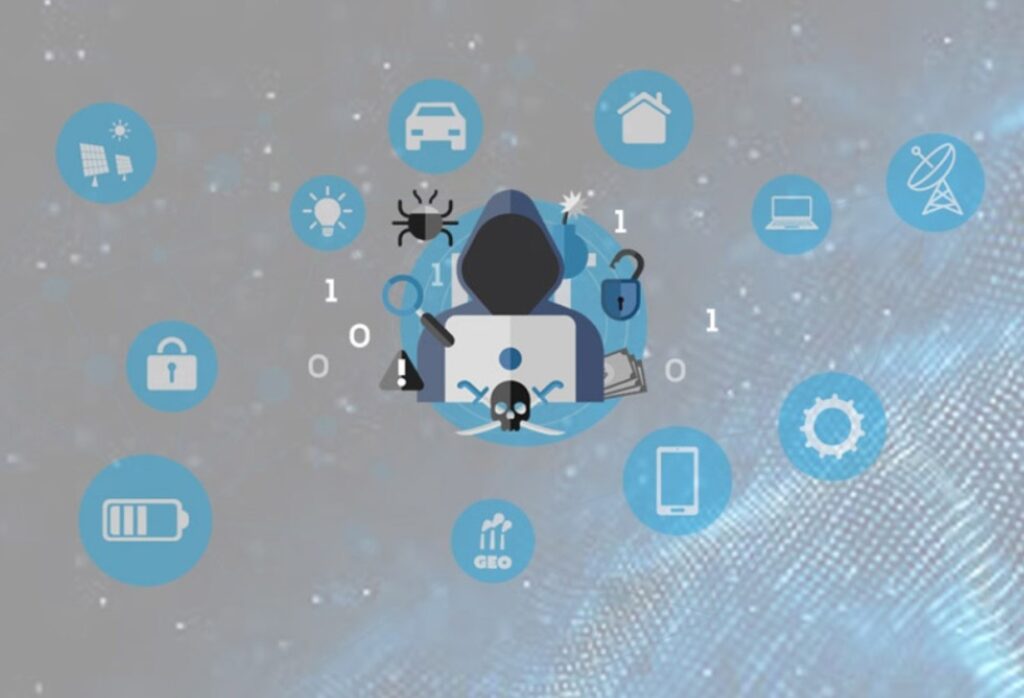
IoT devices are very prevalent these days. Alexa, smart locks, IP cameras, and many other devices can be found everywhere. Not just they are highly functional, but they need constant access to the network for seamless operation. And this serves as a golden link for hackers to get access to our information.
If all the smart devices of your office or house are connected to a single network, they all may get hacked together. To prevent this, it is best to keep these devices’ firmware updated and split the network. It will ensure data security, privacy, and performance. Furthermore, it is advisable to limit the number of smart devices. For instance, if you spot relatively cheap products from unknown companies, do not rush to purchase. When it comes to relatively reliable software, threats persist. It might contain bugs that hackers could exploit to compromise not only your digital but physical privacy, too.
2. Ransomware
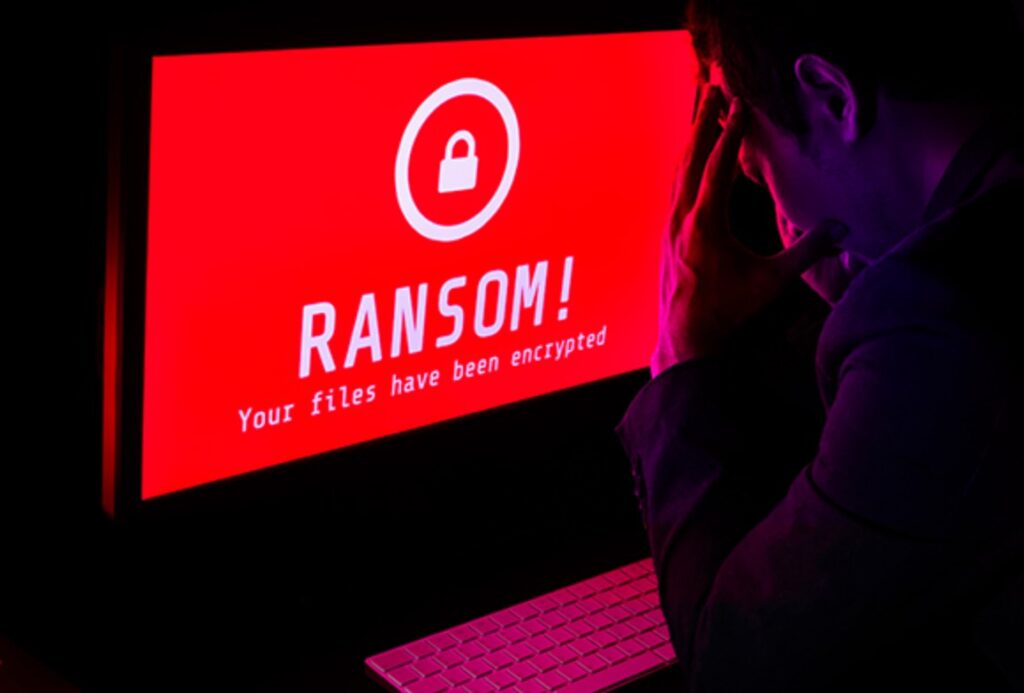
Ransomware is one of the worst cyber-attacks. You must have seen some spam emails in your inbox with attachments. These emails are the foundations of beginning a ransomware attack that can encrypt and steal your data. You may have to spend a fortune to get that data back if it is critical.
Sophos’s report suggests that around 51% of companies were hit by ransomware attacks. Moreover, 26% of people who faced data encryption got it back after paying the ransom. To counter this issue, it is best to have data backup in safe storage options. If you have this option available, you will have no temptation to pay the ransom. By complying with hackers’ demands, people only prolong the battle with ransomware. Successful attacks (leading to profit, that is) are the driving force behind them. Thus, if people suddenly stopped paying, the popularity of ransomware among criminals would reduce significantly.
3. Phishing
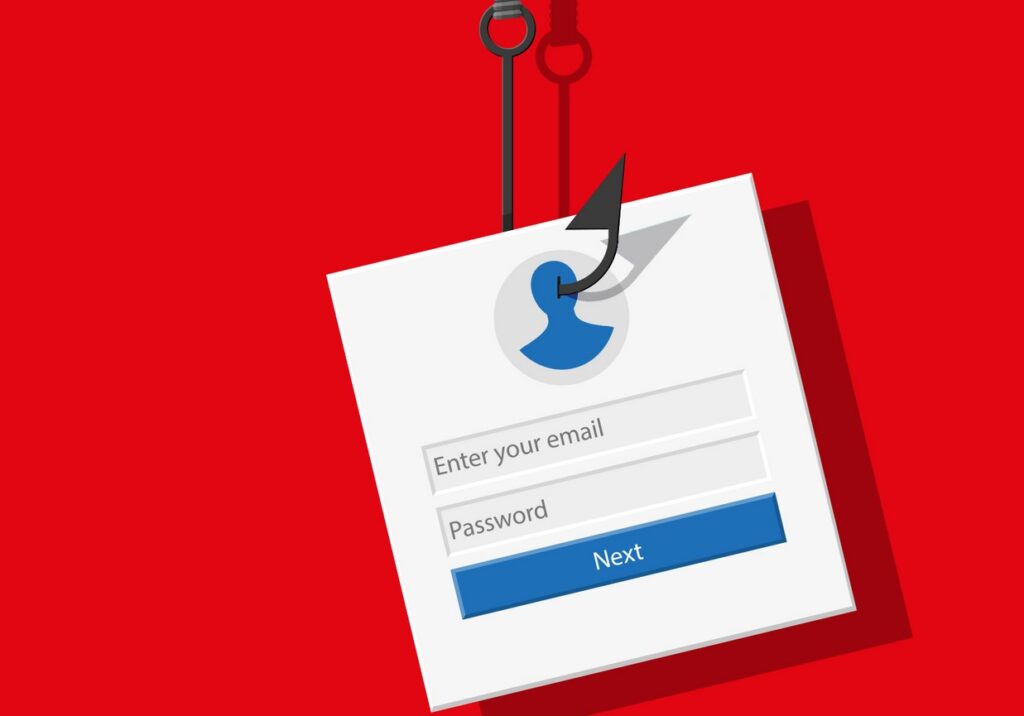
This is the most common type of cybersecurity threat to consider in 2024. Mostly, it is undertaken via emails or other means of online communication. Hackers perform thorough research to design such emails that look personal as well as legitimate. The core motive is to get the user to click on malicious attachments or get access to the user’s personal information. Experts note that phishing is becoming more and more sophisticated and personalized, with many of them featuring fake credential pages. Thus, one tip is to limit the amount of information available about you online.
4. Malware
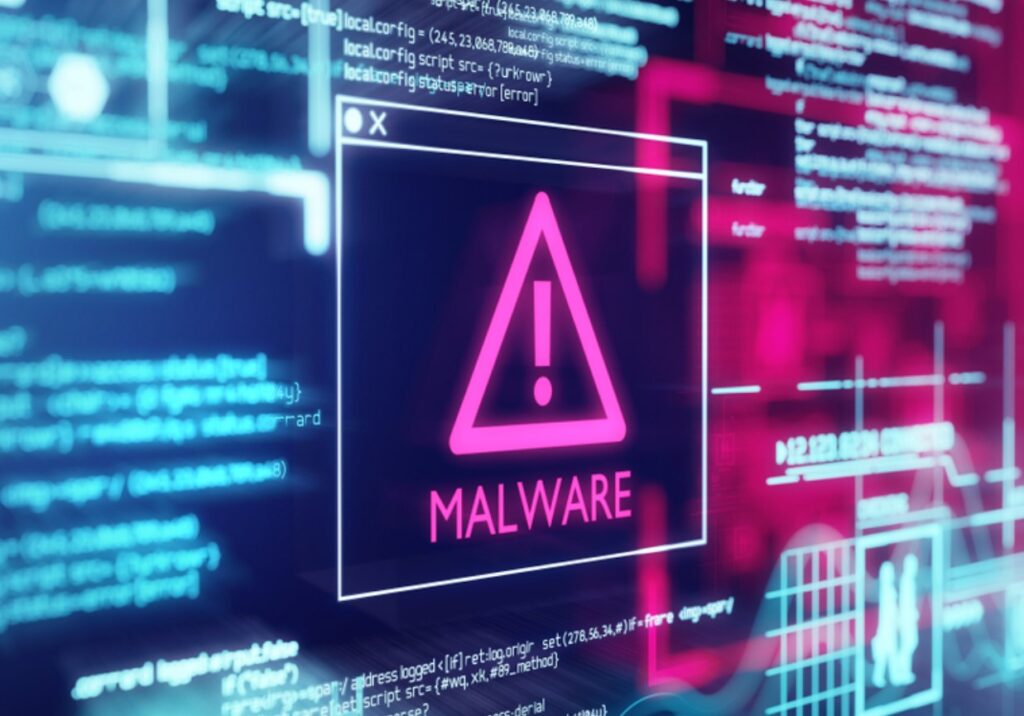
Malware can be transmitted to a machine via various methods. One of the prime ways that cybercriminals use to plant it is via Antivirus software. Antivirus software is used because it looks legitimate, and users tend to download it faster.
On the other hand, malware can also be planted via worms. The bad thing about the worm malware is that it can transmit and bring down the network faster. Moreover, it can get controls for phishing and also access the core of the network.
5. DDoS Attacks
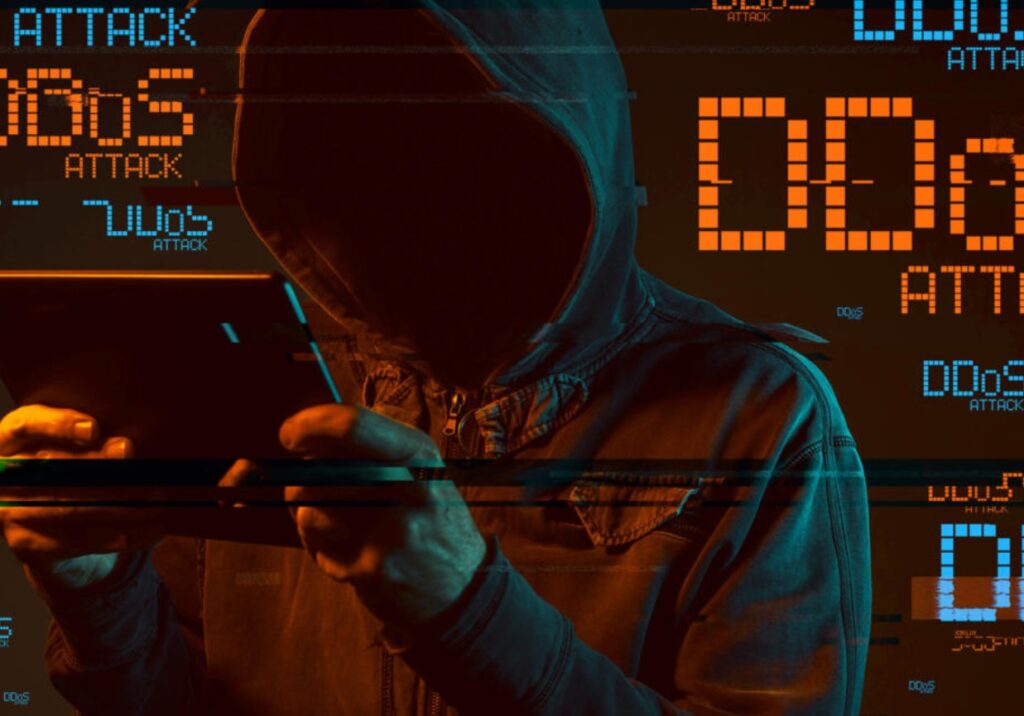
It is expanded as Distributed Denial of Service. The major motive behind the DDoS attack is making an online resource (a website) inaccessible. It is achieved by sending multiple requests to the website to get exhausted, become non-responsive, and lose functionality.
6. Extensive tracking
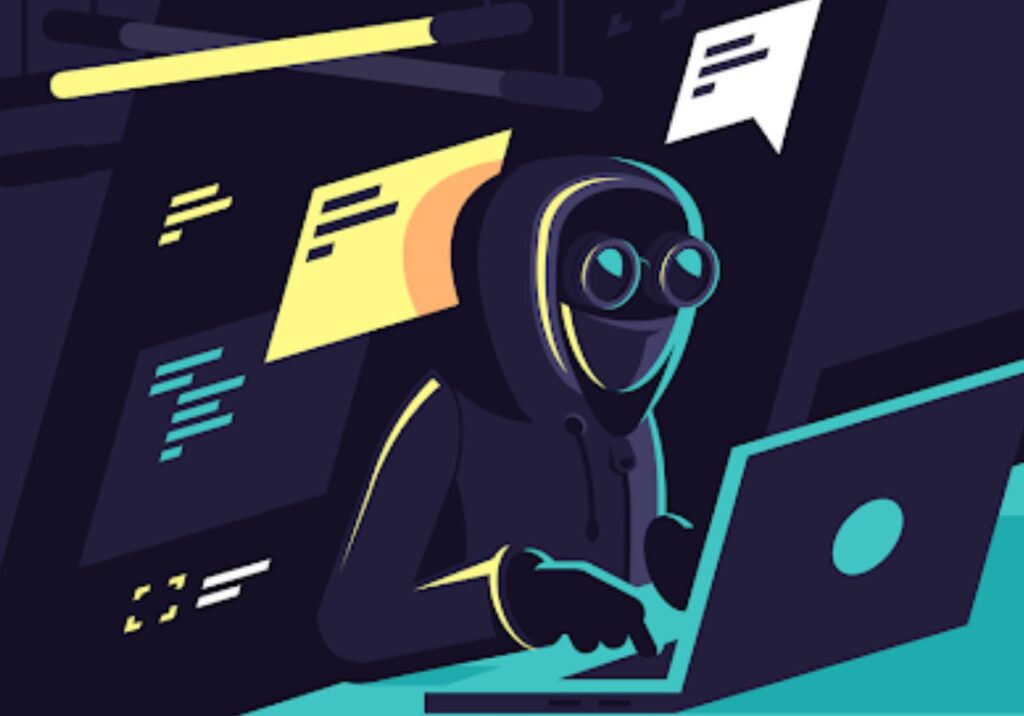
Current practices used to track netizens’ online activities are frequently labeled as overly intrusive. A variety of digital entities retrieve information about your preferences, which might not be something you disapprove of. However, continuous data collection means that our data might even be sold to the highest bidder. To escape such intrusive practices, people turn to various practices.
Some might limit the information they share willingly. Others deactivate old accounts and choose strong passwords for new ones. In other cases, they turn off third-party cookies and use privacy-first browsers. However, one of the best tools to ensure anonymity and privacy online is a VPN (Virtual Private Network). It is a tool that masks your IP address, making it seem like you connect from an entirely different location. For instance, you might be living in Spain, but as soon as you connect to a VPN server in the US, you will virtually travel there. Tools like Atlas VPN encrypt your traffic and even minimize the risks of entering potentially malicious websites.
Thus, consider all these options to achieve privacy and security online. It is not trivial: having the right to be safe and private online should be treated as our priority. Let’s hope that both businesses and consumers will take their time to prepare for yet another year of the epic battle.





